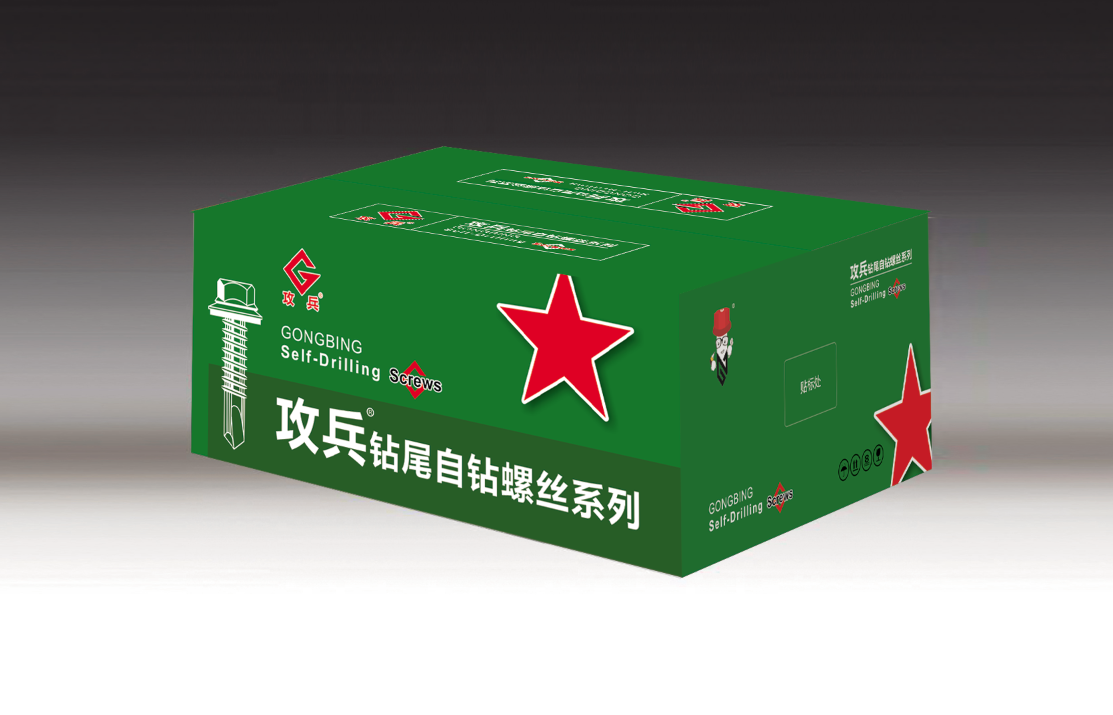design of foundation bolt
Design of Foundation Bolts Ensuring Structural Integrity and Stability
Foundation bolts play a crucial role in the construction industry, serving as essential components for securing various structures, particularly when anchoring them to their foundations. The design of these bolts requires careful consideration of multiple factors to ensure the stability and longevity of buildings and infrastructures.
Foundation bolts, often referred to as anchor bolts, are typically embedded in concrete and used to attach structural elements such as steel columns, walls, and components of machinery to their foundations. The design of foundation bolts involves several key principles that must be adhered to for optimal performance under varying loads and environmental conditions.
Material Selection
The choice of material for foundation bolts significantly influences their strength and durability. Common materials include carbon steel, stainless steel, and high-strength steel alloys. The selected material must exhibit high tensile strength to withstand the axial loads and shear forces experienced during operation. Additionally, it should demonstrate resistance to corrosion, especially in environments subject to moisture, chemicals, or other environmental stressors. Coatings and galvanization are also commonly applied to prevent rust and enhance longevity.
Load Considerations
When designing foundation bolts, engineers must consider the types and magnitudes of loads the structure will experience. These can include dead loads (the weight of the structure itself), live loads (occupants, furniture, and equipment), wind loads, seismic loads, and other dynamic forces. Accurate load calculations are essential to determine the appropriate size, length, and embedment depth of each bolt. Generally, larger bolts can carry more load; however, they also introduce additional complexities related to material cost and installation.
Bolt Geometry
design of foundation bolt

The geometry of foundation bolts, including their diameter and length, must be designed to distribute loads evenly while minimizing stress concentrations. A common design practice is to use hexagonal or square head bolts for easier installation with standard tools. The shank of the bolt may possess threads that aid in securing structural elements, while the embedded portion often includes smooth surfaces to facilitate the bond with concrete.
Embedment Depth and Spacer Design
Embedment depth is a critical aspect of bolt design, as it directly influences the bolt's shear capacity and overall stability. Engineers typically recommend embedment depths of at least 15 times the bolt diameter to ensure sufficient anchorage within the concrete. Anchorage devices, such as washers and spacers, are also vital, as they help distribute the load over a larger area and prevent bolt failure due to concrete breakout.
Seismic and Wind Considerations
In areas prone to seismic activity or strong winds, foundation bolts must be designed to accommodate these additional stresses. This can involve the use of special steel grades, increased bolt diameters, and strategic placement to enhance the overall structural resilience. Seismic design codes often specify minimum requirements for anchor bolts, considering factors such as load path continuity and ductility.
Conclusion
In conclusion, the design of foundation bolts is a multifaceted process that combines material science, structural engineering, and adherence to safety standards. As key components in ensuring the integrity of buildings and other infrastructures, the careful design and installation of foundation bolts are crucial for withstanding various loads and environmental challenges. Advances in materials and design methodologies continue to improve the effectiveness of foundation bolts, paving the way for safer and more resilient structures in the future. As the construction industry evolves, ongoing research and innovation will likely yield even more sophisticated solutions for foundation anchoring, helping to safeguard the structures we rely on every day.
-
Weatherproof Plastic Expansion Anchors for OutdoorNewsJun.06,2025
-
Sustainability in the Supply Chain: Eco-Friendly TEK Screws ProductionNewsJun.06,2025
-
Load-Bearing Capacity of External Insulation FixingsNewsJun.06,2025
-
Double Head Bolts: Enhancing Efficiency in Industrial MachineryNewsJun.06,2025
-
Corrosion Resistance in Chipboard Screws: Coatings for Wholesale DurabilityNewsJun.06,2025
-
Butterfly Toggle Bolts : Enhancing Structural ResilienceNewsJun.06,2025
